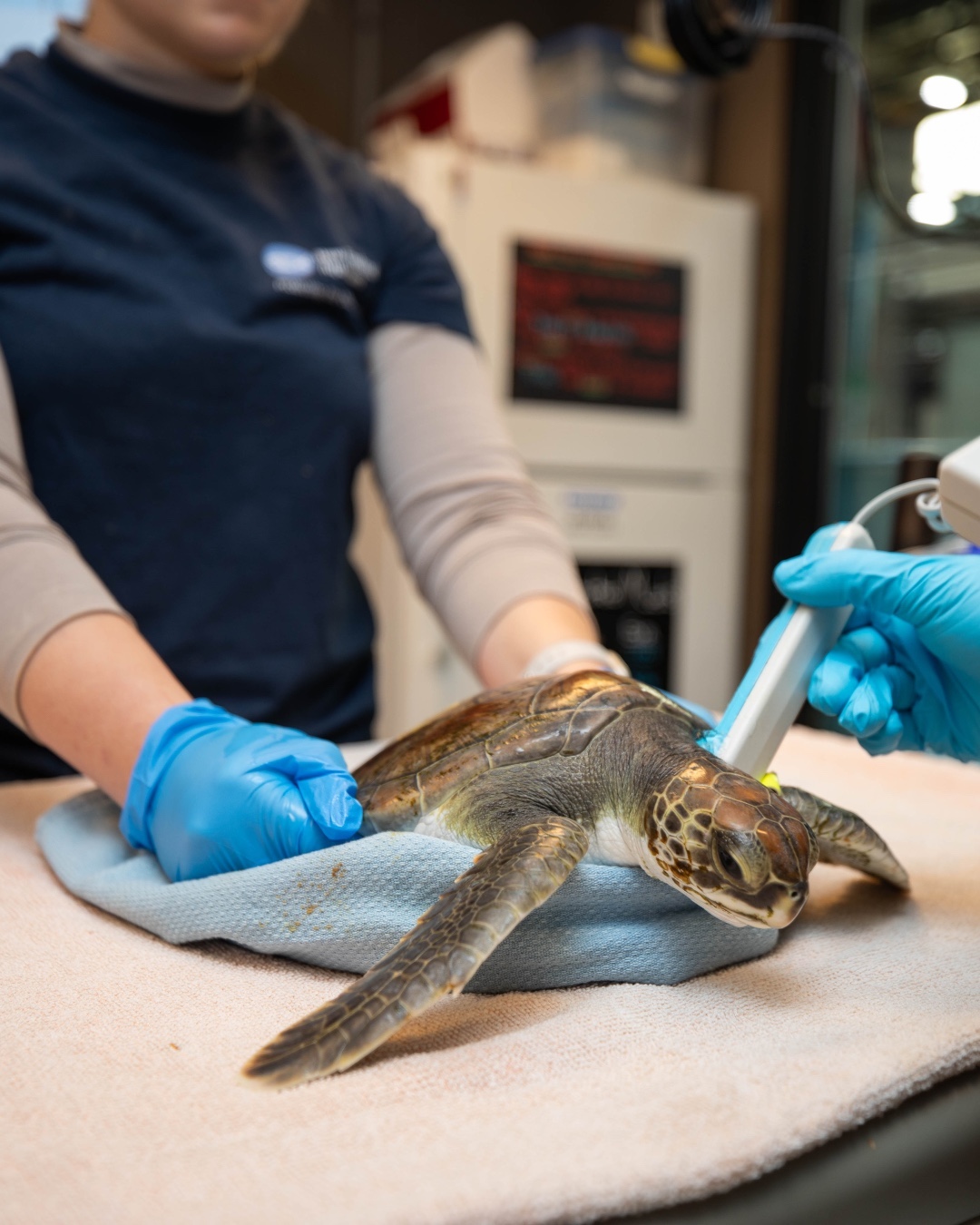- Understanding the impact of cold stun events on sea turtle populations and the necessity of prompt rescue efforts.
- Insights into the operations of a Sea Turtle Hospital and the critical role it plays during the cold stun season.
- Detailed description of the treatment and rehabilitation processes for cold-stunned sea turtles.
- The specific challenges faced in rehabilitating critically endangered Kemp’s ridley sea turtles.
- Future conservation efforts and the importance of public awareness in supporting sea turtle rehabilitation.
Cold stun season presents significant challenges for marine wildlife, particularly sea turtles. This seasonal phenomenon affects primarily the Atlantic coastal regions where abrupt temperature drops can lead to cold-stunned sea turtles washing ashore. These cold stun events typically peak during the cooler months and require urgent responses to rescue and treat affected turtles. For the 2024-2025 season, a concerted effort by organizations proved crucial in mitigating impacts. It underscores the importance of proactive wildlife management and prompt intervention.
Sea turtles, especially those like Kemp’s ridley, face dire threats from cold stun. Cold temperatures can immobilize turtles, causing them to float listlessly in coastal waters. Without intervention, these turtles are at risk of drowning or suffering severe hypothermia. Rescue units are the first line of defense. Teams often undertake rigorous searches along beaches to locate incapacitated turtles. This proactive searching ensures that as many turtles as possible are brought to safety, minimizing fatality rates during these colder periods.
Central to the battle against cold stun is the function of facilities such as the Sea Turtle Hospital. These specialized centers have been instrumental in rescuing, stabilizing, and rehabilitating sea turtles brought in during cold stun times. For the 2024-2025 season, the Sea Turtle Hospital treated 518 turtles, emphasizing the scale of the operations required. Housing turtles that fall victim to cold stun situations necessitates infrastructure that can cater to both the immediate warming needs of hypothermic turtles and their long-term rehabilitation.
Upon arrival at such facilities, turtles undergo thorough assessments. Hypothermia is the primary concern, yet pneumonia, dehydration, and physical injuries require attention as well. Medical teams administer warm fluids, antibiotics, and, where necessary, provide care for injuries. For Kemp’s ridley turtles, the critical care process can differ due to their delicate state. With only an estimated 7,000 to 9,000 left in the wild, the conservation of these turtles demands specialized knowledge and tactics.
Rehabilitation follows initial medical treatment. Turtles remaining at Sea Turtle Hospitals undergo a gradual acclimatization to warmer temperatures. Facilities simulate natural habitats, allowing turtles to regain strength and re-learn necessary behaviors before their release. The goal is always to return healthy individuals to the wild, enhancing population numbers. Sometimes turtles require extended stays, especially if the stresses of cold stunning have resulted in profound complications.
Public awareness is pivotal in the success of rescue operations. Educating communities about the dangers of cold stun and how to identify and report affected turtles can significantly affect numbers of saved animals. Additionally, public support for rehabilitation facilities, either through donations or volunteer work, is critical. Increased global awareness about cold-stun events also raises broader understanding of marine conservation issues.
Going forward, enhanced monitoring systems and rapid-response frameworks are paramount in addressing future cold stun seasons. Collaboration with meteorological services to predict cold snaps and preemptive communication strategies can improve preparedness across affected regions. With climate change impacting annual temperature patterns and oceanic conditions, adaptive conservation strategies will be necessary to protect sea turtle populations.
The 2024-2025 cold stun season highlighted the resilience and dedication of those involved in turtle rescue and rehabilitation. Each turtle saved not only represents a success story but also serves as a stepping stone towards larger conservation objectives. Continued efforts and public involvement remain vital in safeguarding these endangered marine creatures for future generations.
*****
Source Description
That’s a wrap on the 2024-2025 cold stun season!
In the last two months, our Rescue and Rehabilitation team has treated 518 live turtle patients at our Sea Turtle Hospital, with 417 of those being critically endangered Kemp’s ridley sea turtles.
Each turtle patient was treated for hypothermia-related conditions, including pneumonia, dehydration, and various bodily injuries. Many of these turtles will continue their rehabilitation with us until their summer releases.
Stay tuned for more info on our long-term sea turtle patients, including their names!


